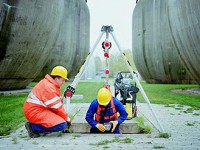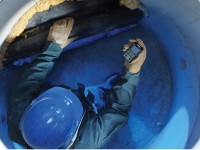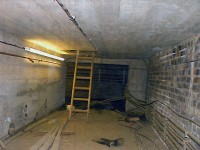Gas detection maintenance has fuelled growing demand for gas detection equipment wherever hazardous levels of gas may be found. Employers need to train workers to use, maintain, and calibrate gas detection equipment safely, whether portable or fixed.
Gas Detection Training and Equipment Calibration go hand-in-hand







